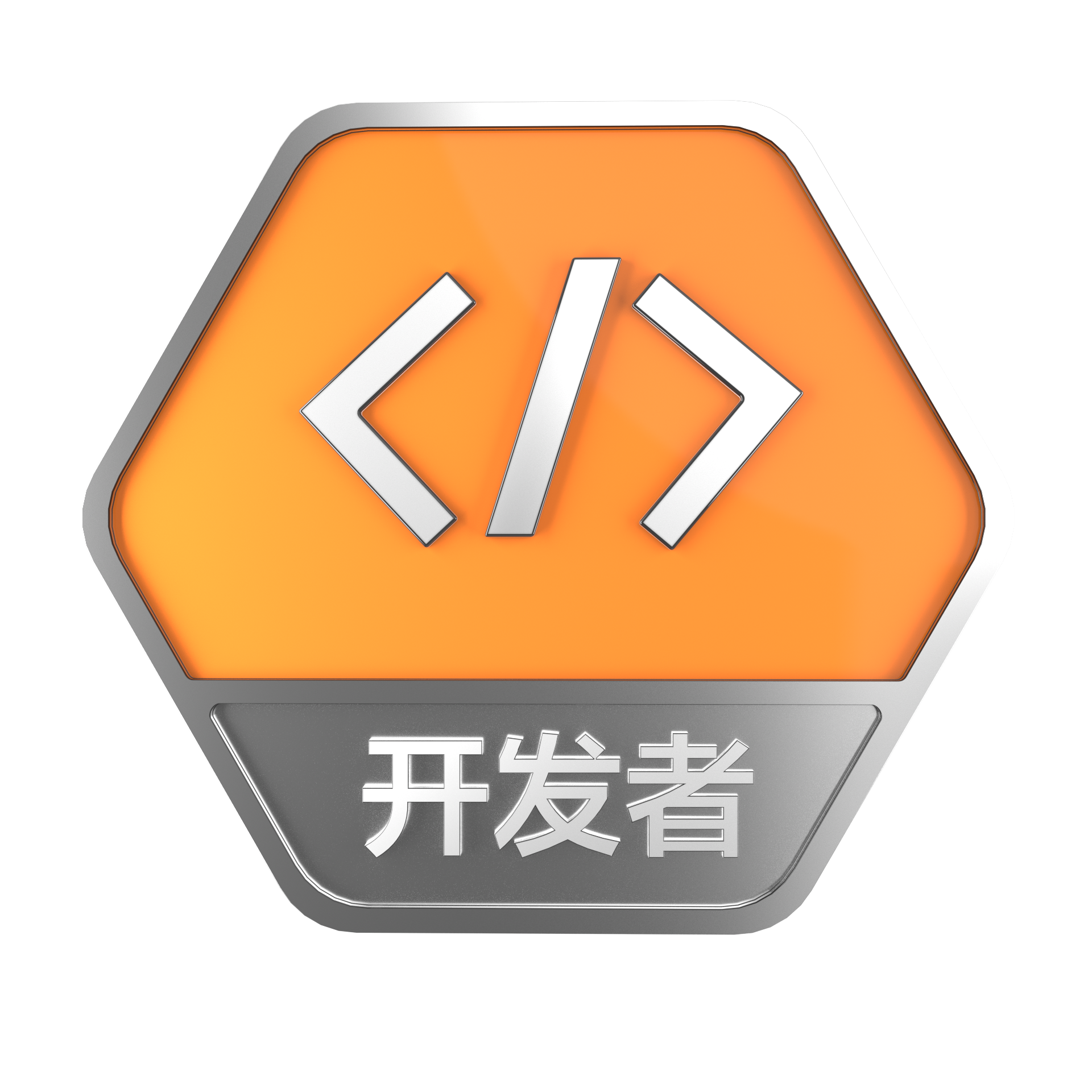

暂无个人介绍
2020年04月
 提交了问题
2020-04-17 18:26:45
提交了问题
2020-04-17 18:26:45
 回答了问题
2020-04-17 18:18:07
回答了问题
2020-04-17 18:18:07
 提交了问题
2020-04-17 18:17:57
提交了问题
2020-04-17 18:17:57
 回答了问题
2020-04-17 18:17:42
回答了问题
2020-04-17 18:17:42
 提交了问题
2020-04-17 18:17:34
提交了问题
2020-04-17 18:17:34
 回答了问题
2020-04-17 18:17:22
回答了问题
2020-04-17 18:17:22
 提交了问题
2020-04-17 18:17:13
提交了问题
2020-04-17 18:17:13
 回答了问题
2020-04-17 18:16:59
回答了问题
2020-04-17 18:16:59
 提交了问题
2020-04-17 18:16:49
提交了问题
2020-04-17 18:16:49
 回答了问题
2020-04-17 18:16:35
回答了问题
2020-04-17 18:16:35
 提交了问题
2020-04-17 18:16:24
提交了问题
2020-04-17 18:16:24
 回答了问题
2020-04-17 18:16:13
回答了问题
2020-04-17 18:16:13
 提交了问题
2020-04-17 18:16:04
提交了问题
2020-04-17 18:16:04
 回答了问题
2020-04-17 18:15:52
回答了问题
2020-04-17 18:15:52
 提交了问题
2020-04-17 18:15:43
提交了问题
2020-04-17 18:15:43
 回答了问题
2020-04-17 18:15:31
回答了问题
2020-04-17 18:15:31
 提交了问题
2020-04-17 18:15:22
提交了问题
2020-04-17 18:15:22
 回答了问题
2020-04-17 18:15:05
回答了问题
2020-04-17 18:15:05
 提交了问题
2020-04-17 18:14:56
提交了问题
2020-04-17 18:14:56
 回答了问题
2020-04-17 18:14:45
回答了问题
2020-04-17 18:14:45
 提交了问题
2020-04-17 18:14:36
提交了问题
2020-04-17 18:14:36
 回答了问题
2020-04-17 18:14:23
回答了问题
2020-04-17 18:14:23
 提交了问题
2020-04-17 18:14:14
提交了问题
2020-04-17 18:14:14
 回答了问题
2020-04-17 18:14:00
回答了问题
2020-04-17 18:14:00
 提交了问题
2020-04-17 18:13:51
提交了问题
2020-04-17 18:13:51
 回答了问题
2020-04-17 18:13:39
回答了问题
2020-04-17 18:13:39
 提交了问题
2020-04-17 18:13:30
提交了问题
2020-04-17 18:13:30
 回答了问题
2020-04-17 18:13:19
回答了问题
2020-04-17 18:13:19
 提交了问题
2020-04-17 18:13:10
提交了问题
2020-04-17 18:13:10
 回答了问题
2020-04-17 18:12:58
回答了问题
2020-04-17 18:12:58
 提交了问题
2020-04-17 18:12:48
提交了问题
2020-04-17 18:12:48
 回答了问题
2020-04-17 18:12:35
回答了问题
2020-04-17 18:12:35
 提交了问题
2020-04-17 18:12:21
提交了问题
2020-04-17 18:12:21
 回答了问题
2020-04-17 18:12:09
回答了问题
2020-04-17 18:12:09
 提交了问题
2020-04-17 18:11:59
提交了问题
2020-04-17 18:11:59
 回答了问题
2020-04-17 18:11:36
回答了问题
2020-04-17 18:11:36
 提交了问题
2020-04-17 18:11:26
提交了问题
2020-04-17 18:11:26
 回答了问题
2020-04-17 18:11:16
回答了问题
2020-04-17 18:11:16
 提交了问题
2020-04-17 18:11:08
提交了问题
2020-04-17 18:11:08
 回答了问题
2020-04-17 18:10:44
回答了问题
2020-04-17 18:10:44
 提交了问题
2020-04-17 18:10:34
提交了问题
2020-04-17 18:10:34
 回答了问题
2020-04-17 18:10:17
回答了问题
2020-04-17 18:10:17
 提交了问题
2020-04-17 18:10:07
提交了问题
2020-04-17 18:10:07
 回答了问题
2020-04-17 17:36:46
回答了问题
2020-04-17 17:36:46
 提交了问题
2020-04-17 17:36:28
提交了问题
2020-04-17 17:36:28
 回答了问题
2020-04-17 17:36:16
回答了问题
2020-04-17 17:36:16
 提交了问题
2020-04-17 17:36:08
提交了问题
2020-04-17 17:36:08
 回答了问题
2020-04-17 17:35:58
回答了问题
2020-04-17 17:35:58
 提交了问题
2020-04-17 17:35:49
提交了问题
2020-04-17 17:35:49
 回答了问题
2020-04-17 17:35:38
回答了问题
2020-04-17 17:35:38
 提交了问题
2020-04-20
提交了问题
2020-04-20
 提交了问题
2020-04-17
提交了问题
2020-04-17
 提交了问题
2020-04-17
提交了问题
2020-04-17
 提交了问题
2020-04-17
提交了问题
2020-04-17
 提交了问题
2020-04-17
提交了问题
2020-04-17
 提交了问题
2020-04-17
提交了问题
2020-04-17
 提交了问题
2020-04-17
提交了问题
2020-04-17
 提交了问题
2020-04-17
提交了问题
2020-04-17
 提交了问题
2020-04-17
提交了问题
2020-04-17
 提交了问题
2020-04-17
提交了问题
2020-04-17
 提交了问题
2020-04-17
提交了问题
2020-04-17
 提交了问题
2020-04-17
提交了问题
2020-04-17
 提交了问题
2020-04-17
提交了问题
2020-04-17
 提交了问题
2020-04-17
提交了问题
2020-04-17
 提交了问题
2020-04-17
提交了问题
2020-04-17
 提交了问题
2020-04-17
提交了问题
2020-04-17
 提交了问题
2020-04-17
提交了问题
2020-04-17
 提交了问题
2020-04-17
提交了问题
2020-04-17
 提交了问题
2020-04-17
提交了问题
2020-04-17
 提交了问题
2020-04-17
提交了问题
2020-04-17
